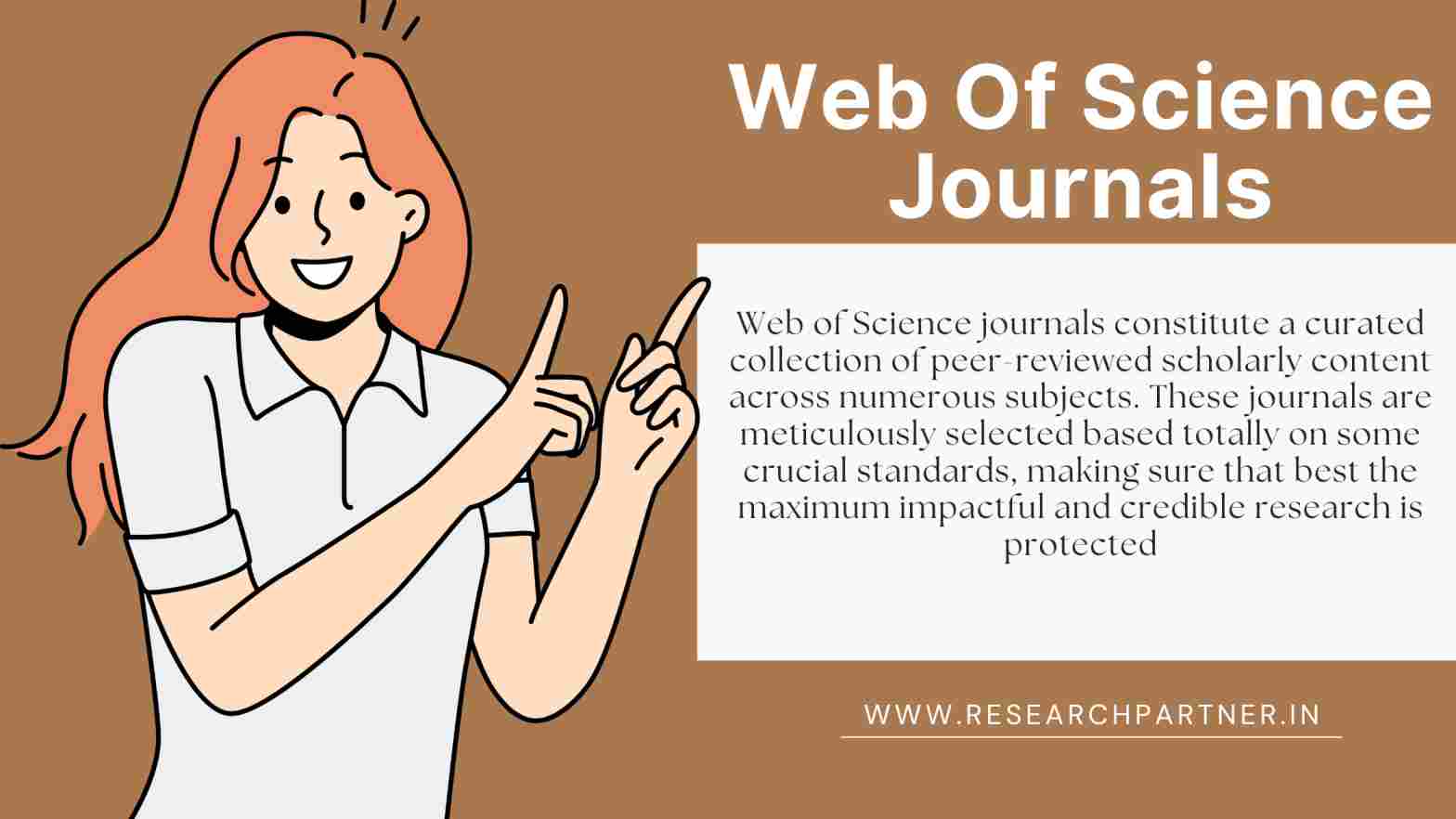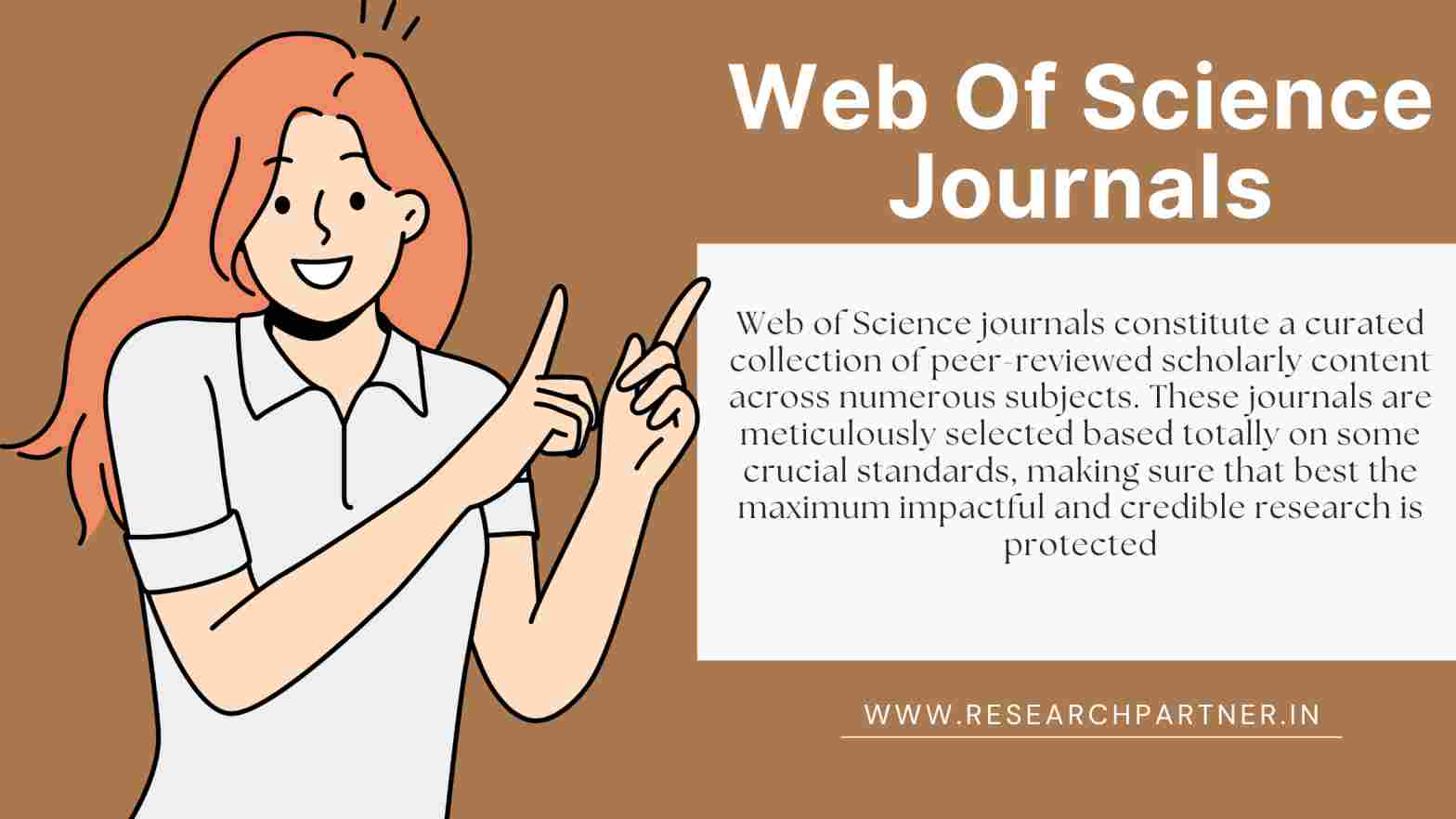
Prestige of an Honorary Degree 2024
An honorary degree is one of the highest honors that an individual can receive





© 2024 Crivva - Business Promotion. All rights reserved.